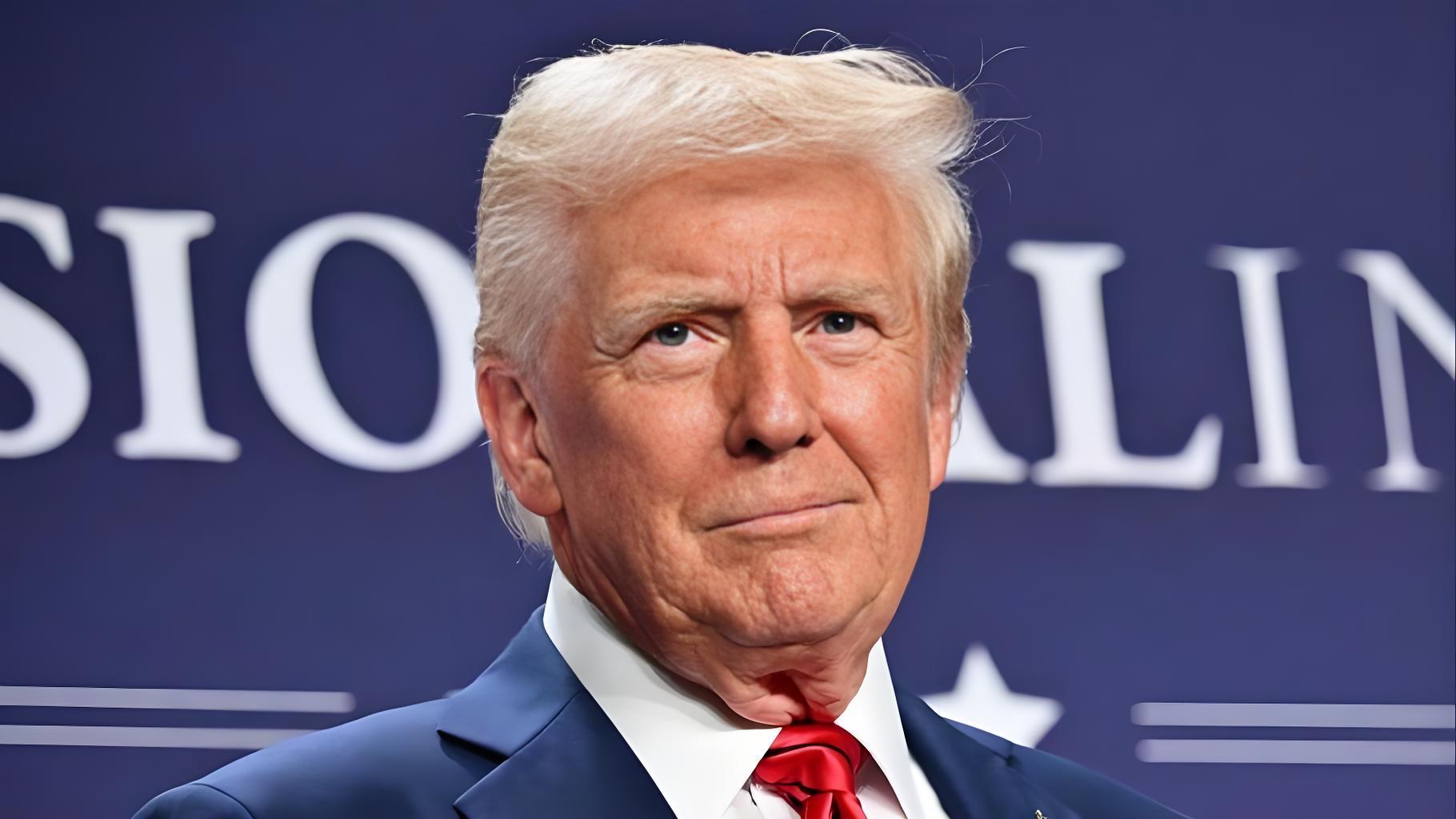
On August 29 (local time), the U.S. Court of Appeals for the Federal Circuit ruled by a 7-4 vote that multiple "universal tariffs" imposed by the Trump administration under the authority of the International Emergency Economic Powers Act (IEEPA) were ultra vires and illegal. This ruling is like a stone thrown into a calm lake, creating ripples in the economic field and triggering widespread attention and in-depth discussions.
Since taking office, Trump has regarded tariffs as a core tool for exerting external pressure and regulating the domestic economy. In addition to continuing industry-specific tariffs on steel, aluminum, and high-tech products from certain countries, his administration has also introduced two types of universal tariff measures under the IEEPA: the "trafficking tariff," which levies tariffs of up to 25% on imported goods from countries such as Canada and Mexico under the pretext of combating drug smuggling; and the "reciprocal tariff," which, in the name of achieving "reciprocity," established a 10% benchmark tax rate on almost all major trading partners in the summer of 2025, with hints of future increases based on specific countries. These measures have an extremely broad coverage, essentially adding a "universal surtax" to the U.S. import and export system.
Today, the appellate court clearly stated that the original legislative intent of the IEEPA was not to grant the president the power of "universal taxation"—the power to tax belongs to Congress, and the Trump administration’s relevant tariff policies have exceeded the constitutional boundaries of power. However, the court allowed the relevant tariffs to remain in effect until October 14, pending the outcome of the Trump administration’s appeal to the Supreme Court. Trump responded quickly, calling the ruling a "complete disaster" for the United States, emphasizing that "all tariffs remain in effect," and vowing to appeal to the Supreme Court. The White House also issued a statement highlighting the necessity of tariffs for safeguarding national security and economic interests.
This ruling has multi-faceted impacts on the U.S. economy itself. In the short term, as tariffs will continue to be enforced until October 14, it will be difficult for enterprises to reduce import costs, and consumers will hardly see a decline in commodity prices. More problematic is that policy uncertainty has become an additional cost—importers are in a dilemma when signing long-term contracts, unsure whether to calculate costs based on current tariffs or reserve space for possible future tax refunds. This has forced many enterprises to delay orders or increase preventive inventories, significantly increasing frictions in market operations. In the long term, if the Supreme Court upholds the lower court’s ruling, universal tariffs must be revoked, and importers may seek tax refunds or compensation, but this process will be lengthy and controversial; if the Supreme Court overrules the ruling, the president will be able to use the IEEPA to maintain or even expand universal tariffs for a long time, leading to an unprecedented expansion of U.S. executive power.
The U.S. tariff policy has long had an impact on the global economy, with Canada being a typical example. Canada’s second-quarter GDP unexpectedly contracted by 1.6% due to a 7.5% month-on-month plunge in exports to the United States. U.S. tariff measures have disrupted Canada’s trade rhythm—many industries dependent on exports to the U.S. have been severely hit, with relevant enterprises experiencing declining revenues and having to cut production capacity and lay off employees. This has further affected domestic consumption and investment, dragging down overall economic growth.
From a global perspective, U.S. tariff policies have disrupted global supply chains. Take China as an example: as a major global manufacturing country, China’s exports to the U.S. in sectors such as electronic products, machinery, and consumer goods have seen a significant decline due to tariffs. To avoid tariffs, many Chinese enterprises have shifted part of their production capacity to regions with lower tariffs, such as Southeast Asia and Latin America. This not only changes the layout of global manufacturing but also alters the logistics and employment situations in these regions. At the same time, U.S. tariff policies have also affected international capital flows and exchange rate stability—currencies such as the Mexican peso and the Canadian dollar fluctuated sharply after the announcement of tariff policies, while the prices of safe-haven assets such as gold and silver rose significantly.
While the judicial dispute remains unresolved, the U.S. government is likely to rely again on traditional trade tools, such as Section 301 and Section 232 of the Trade Act, and shift to more "industry-specific, targeted" tariff arrangements. This shift may be legally more secure, but it will weaken the political effect that the Trump administration hopes to achieve by imposing "one-size-fits-all" global tariffs to demonstrate a tough stance.
This ruling by the appellate court is not only a major adjustment to U.S. trade policy but also a test for the global economic order. Regardless of the Supreme Court’s final decision, it will profoundly affect the future direction of U.S. trade policy and the reshaping of the global economic and trade pattern. All parties are waiting with bated breath, preparing to meet new changes and challenges.

The global electric vehicle market in 2025 is experiencing intense turbulence. Tesla, once a disruptor that reshaped the industry landscape, is now mired in an unprecedented sales crisis.
The global electric vehicle market in 2025 is experiencing …
Recently, Chinese telecom companies Huawei and ZTE signed a…
Recently, according to Xinhua News Agency, Israel's air str…
A strongly worded report from the Equality Trust argues tha…
On November 27, 2025, Alibaba officially entered the global…
The focus of the global financial market in 2025 has always…